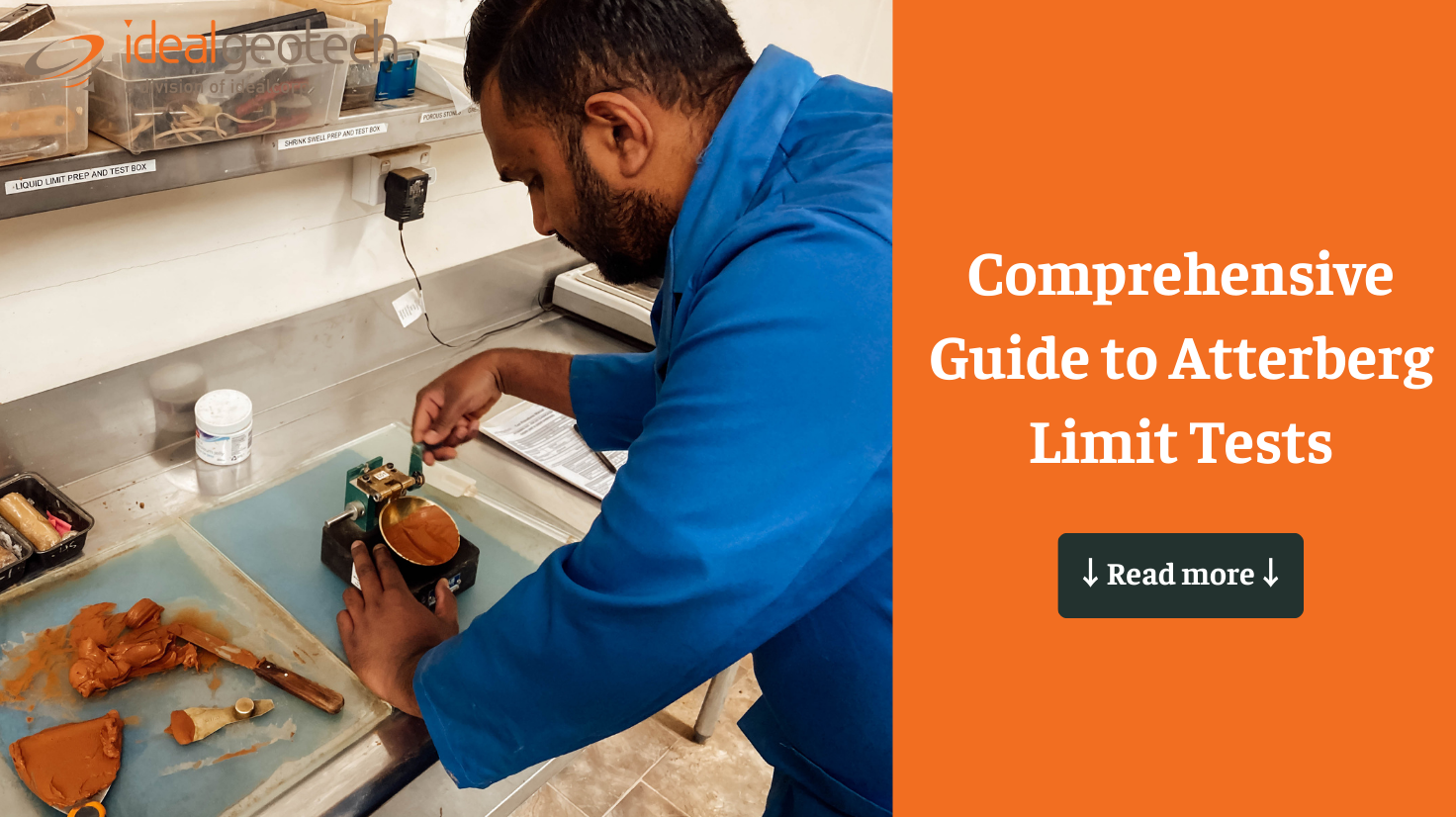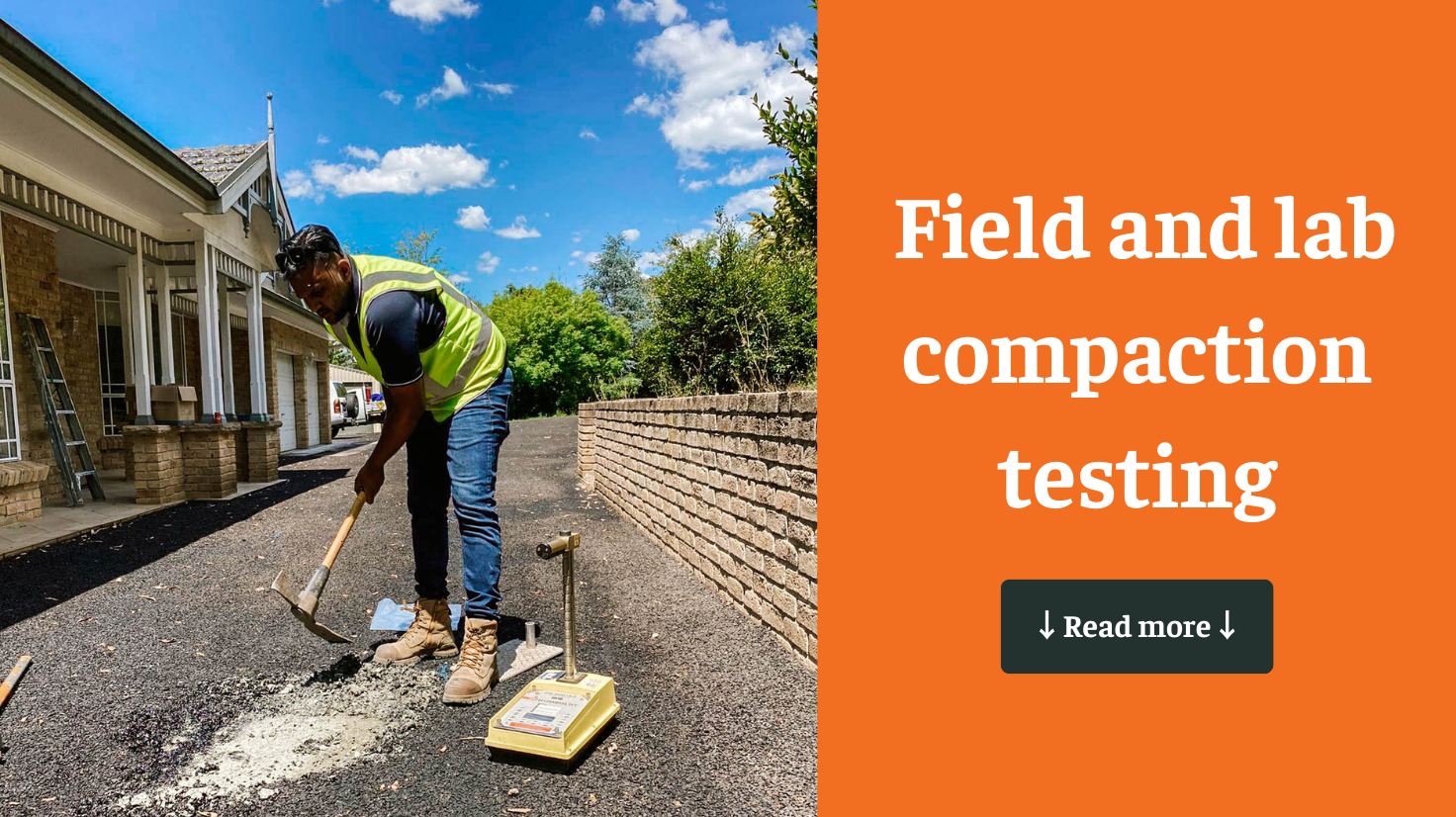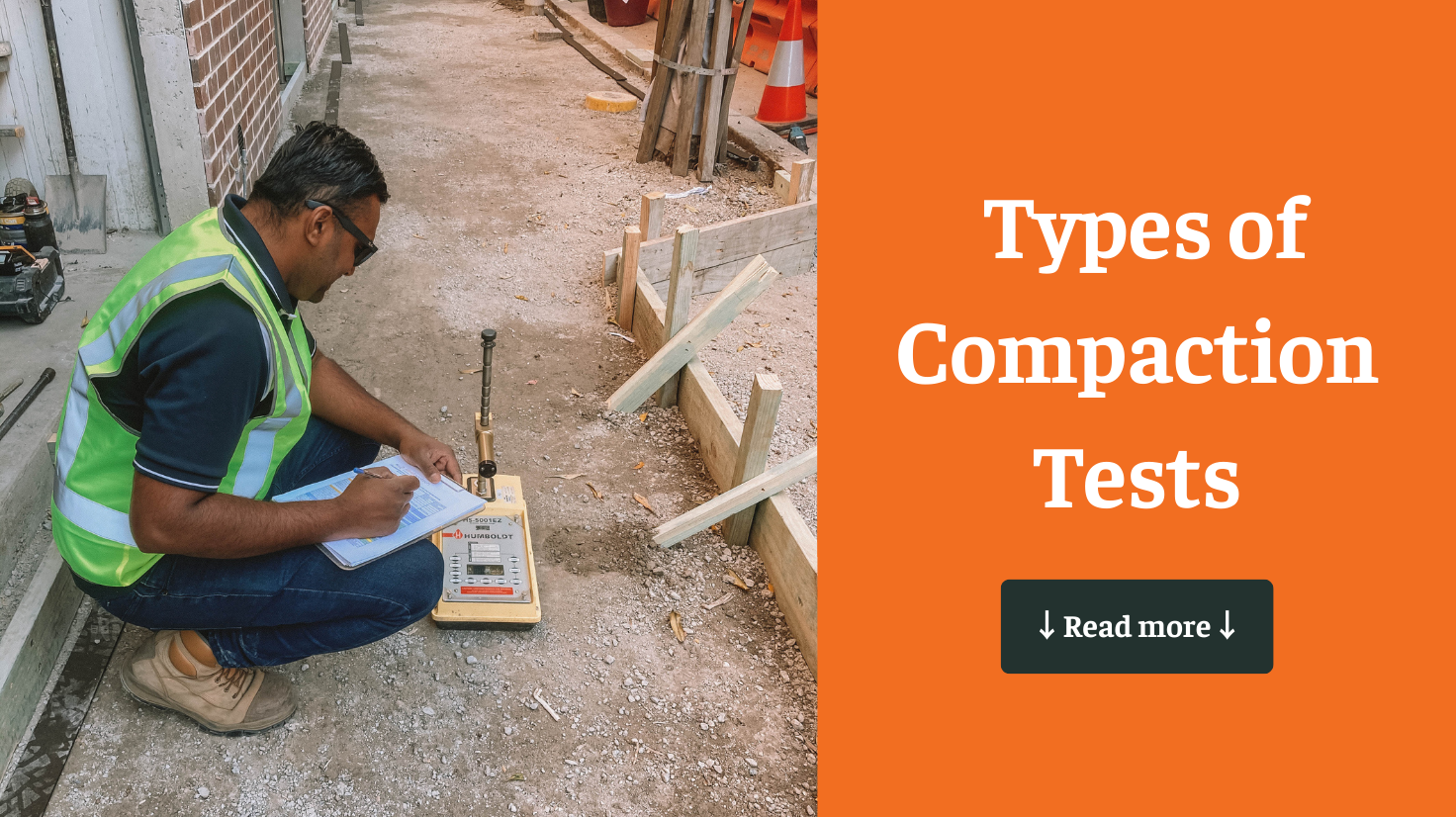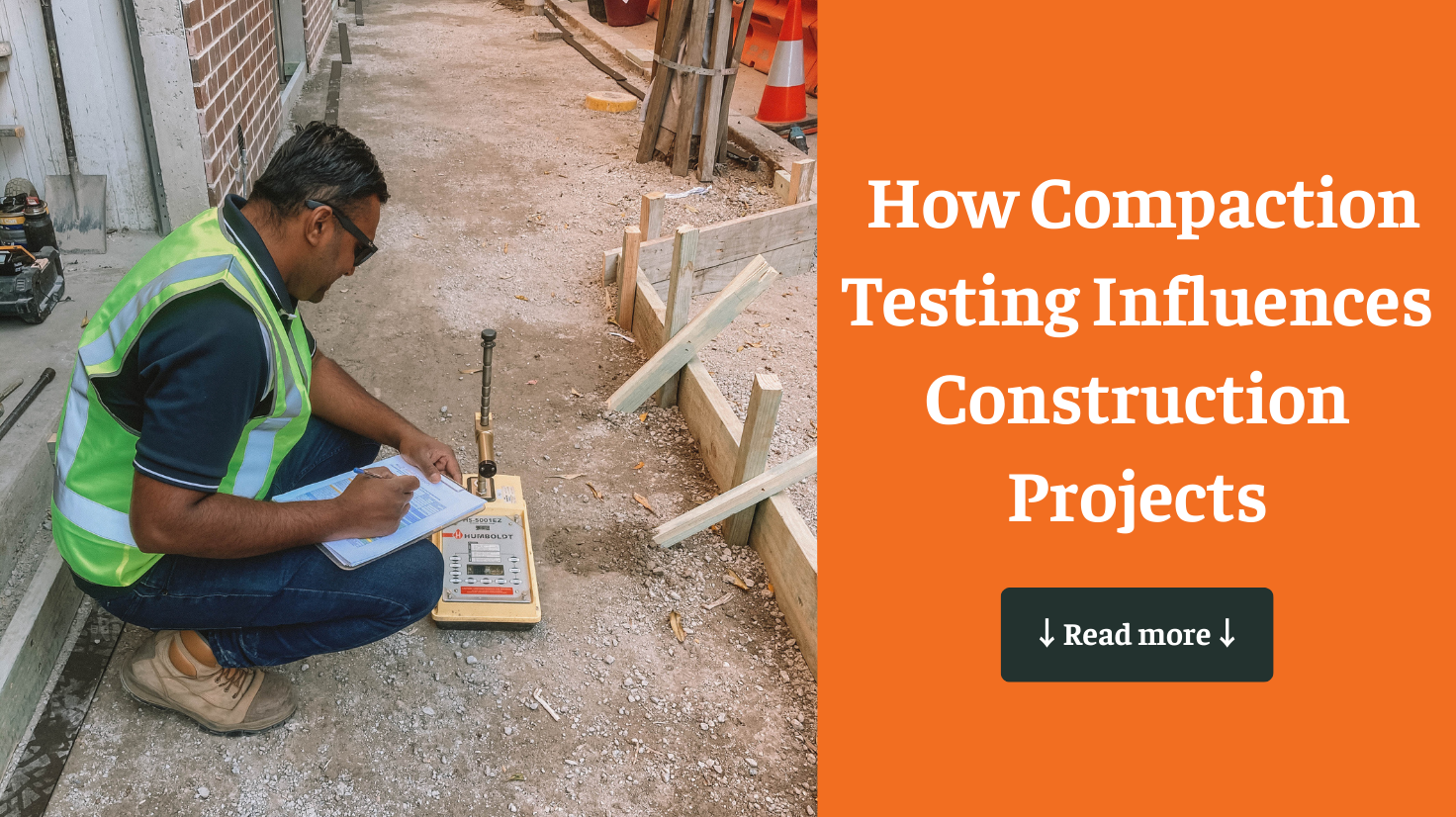Atterberg limit tests are a fundamental aspect of geotechnical engineering, essential for assessing soil’s critical moisture content and its behaviour under varying conditions. These tests—Liquid Limit (LL), Plastic Limit (PL), and Shrinkage Limit (SL)—offer valuable insights into soil consistency, workability, and its potential for volume change.
Understanding Atterberg limit tests is crucial for predicting how soils will perform as construction materials, influencing everything from foundation design to project stability.
1. Understanding Atterberg Limit Tests
Atterberg limit tests categorise soils based on their moisture content, identifying transitions between different physical states—liquid, plastic, and solid. Each limit provides key information:
- Liquid Limit (LL): This defines the moisture content at which soil transitions from a plastic state to a liquid state, indicating the point where soil starts to flow and loses shear strength. The Liquid Limit Test typically involves the Casagrande cup or fall cone method, helping predict soil behaviour under load.
- Plastic Limit (PL): This marks the moisture content where soil changes from a plastic to a semi-solid state. Determined by rolling soil into 3 mm diameter threads, the Plastic Limit is essential for assessing workability, showing the moisture range in which soil can be shaped without cracking.
- Shrinkage Limit (SL): The Shrinkage Limit Test represents the moisture content at which further drying does not reduce soil volume. This test is crucial for understanding how much soil will shrink as it dries, especially important in areas prone to shrink-swell behaviour.
2. Atterberg Plastic Limit Test
The Atterberg Plastic Limit Test is essential for assessing soil workability and construction suitability. Engineers roll soil threads until they crumble at a 3 mm diameter, which identifies the soil’s plastic range. By understanding this range, construction teams can ensure soil is modified to meet structural requirements, preventing issues like cracking or settlement.
3. Atterberg Limit Test Procedure
Atterberg limit tests involve a detailed process requiring precision:
- Sample Preparation: Collect a representative soil sample and air-dry it. Ensure the soil is free from organic materials, roots, or debris.
- Liquid Limit Test: Using the Casagrande cup or fall cone method, determine the soil’s Liquid Limit. A groove is made in the soil paste, and the number of drops needed to close the groove provides the liquid limit.
- Plastic Limit Test: Roll the soil into 3 mm threads, crumbling at the plastic limit. Multiple samples ensure accuracy in measuring soil workability.
- Shrinkage Limit Test: The soil is moulded, dried, and measured to determine the Shrinkage Limit, offering insights into how the soil will behave as it dries.
4. Detailed Atterberg Limit Test Reports
A well-documented Atterberg limit test report includes:
- Title and Objective: States the purpose of the tests.
- Materials and Methods: Lists the soil samples and Atterberg limits test equipment used.
- Results: Presents the data, including tables or graphs to clearly communicate findings.
- Discussion: Compares results with standard values and assesses whether soil is suitable for construction, offering recommendations if modifications are necessary.
5. Importance of Atterberg Limit Tests
Atterberg limit tests are essential for soil classification, foundation design, and construction planning. These tests ensure that structures are built on stable ground, minimising the risk of structural failure and ensuring longevity.
For more detailed guides and professional Atterberg limit testing services, visit Ideal Geotech’s website. Enhance your geotechnical assessments with expert support and comprehensive resources.






